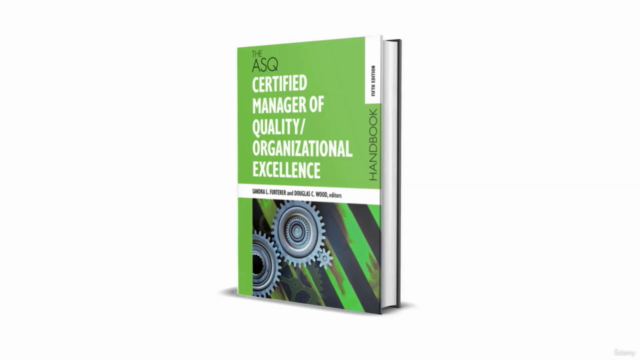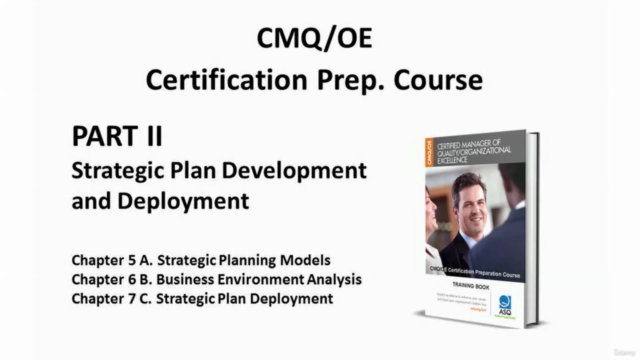CMQ/OE Certification Prep. - Part II
Pass the CMQ/OE Exam with Confidence (Arabic)
4.50 (11 reviews)

97
students
2.5 hours
content
Sep 2024
last update
$19.99
regular price
What you will learn
Improved knowledge, skills, and abilities qualify you for more positions within modern business industries that require demonstrated competency in quality .
Lead and champion process improvement initiatives in organizations that can have regional or global focus in a variety of product or service settings.
Lead team efforts to establish and monitor customer/supplier relations; support strategic planning and deployment initiatives.
How to Pass the Certified Manager of Quality / Organizational Excellence (CMQ/OE) exam Successfully.
Screenshots




Related Topics
4526056
udemy ID
1/31/2022
course created date
2/24/2022
course indexed date
Bot
course submited by